Clean air after the AAQD, and now what?
Clean air after the AAQD, and now what?
Join Us for a Workshop on the EU’s New Ambient Air Quality Directive!
Practical information
-
When
28th November and January 2025
-
Where
Online and in Brussels
-
Fees
Fully funded (for YEE Members)
-
How
Sign up
Funded by
Related project
Share This Event
Have questions? Get in touch!
Why are we doing this
This October, the EU took a bold step by adopting the revised Ambient Air Quality Directive (AAQD), setting one of the most progressive air quality standards globally. Now, we’re bringing together young climate advocates to drive meaningful change across the EU!
What do we have planned?
Join us for two dynamic sessions—a virtual workshop and an in-person event in Brussels—where we’ll cover everything you need to know about the new AAQD and empower young voices for impactful advocacy.
Online Workshop
Date: 28th of November 2024
Time: 17:30 CET
In-Person Workshop
Date: POSTPONED to January 2025
Location: Brussels
What You’ll Gain
-
In-Depth Knowledge: Understand the key developments of the revised AAQD, especially relevant for young climate advocates. -
Capacity Building: Equip yourself and your organisation with knowledge and skills to combat air pollution and implement the AAQD nationally. -
Network of Young Advocates: Collaborate with activists from across the EU to strategise for meaningful change. -
Advocacy & Campaigning Skills: Brainstorm and create advocacy tools to drive national-level campaigns and compliance with air quality standards. -
Stakeholder Mapping: Identify and map key actors—governments, industry, and civil society—that can support enforcement efforts.
Travel and accommodation will be covered for participants from our Member Organisations
and reimbursed in accordance with our travel policy.
All participants are required to:
-
Live in the EU -
Be younger than 35 at the time of the event









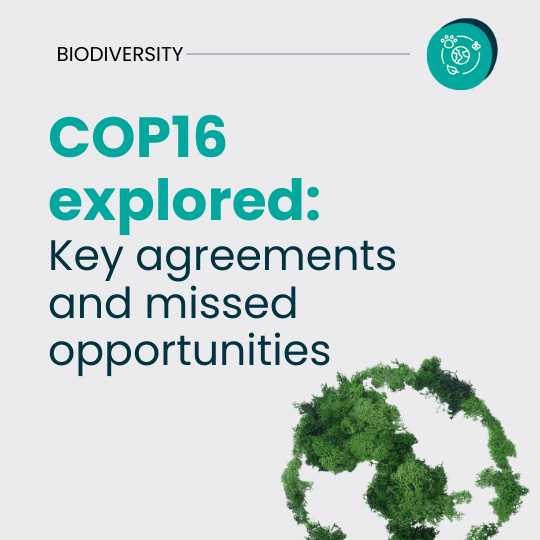
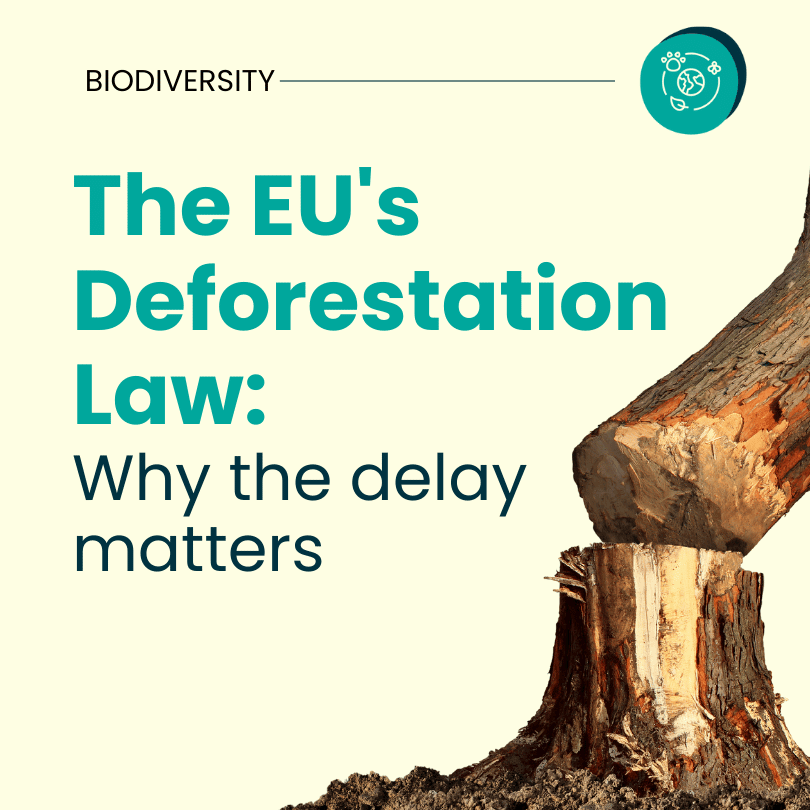

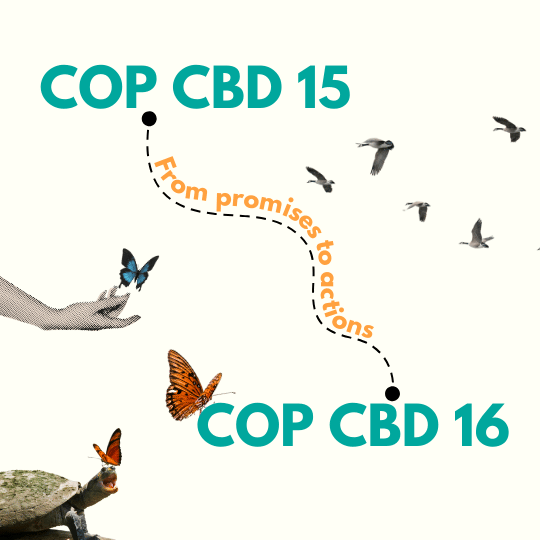
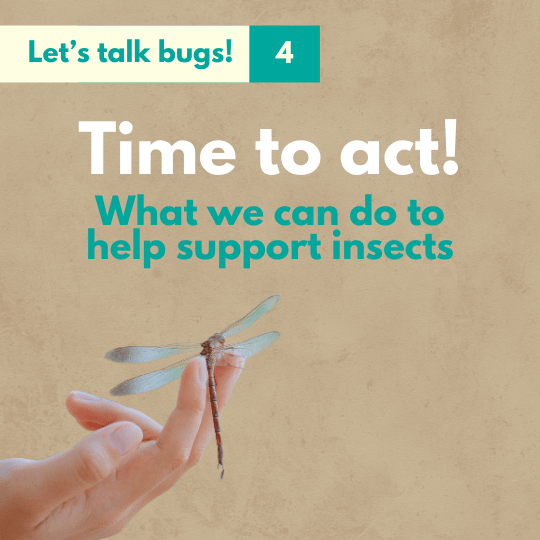






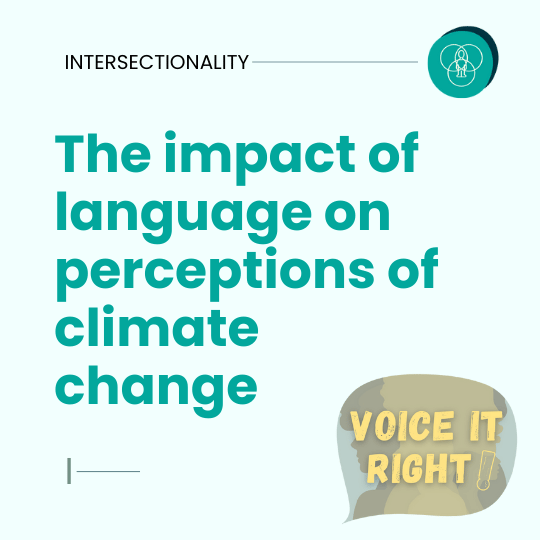
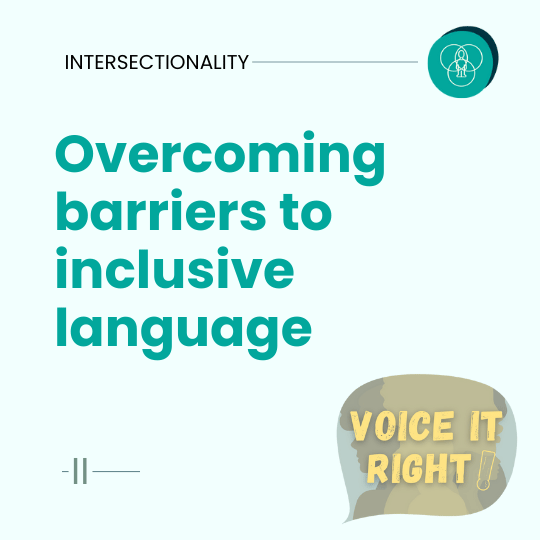
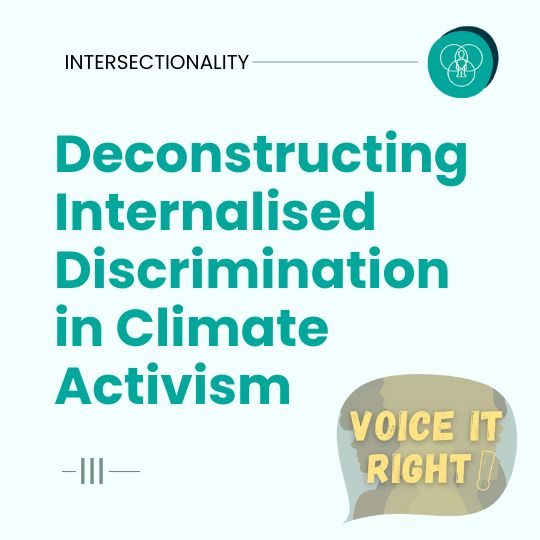

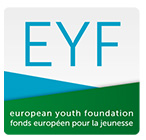











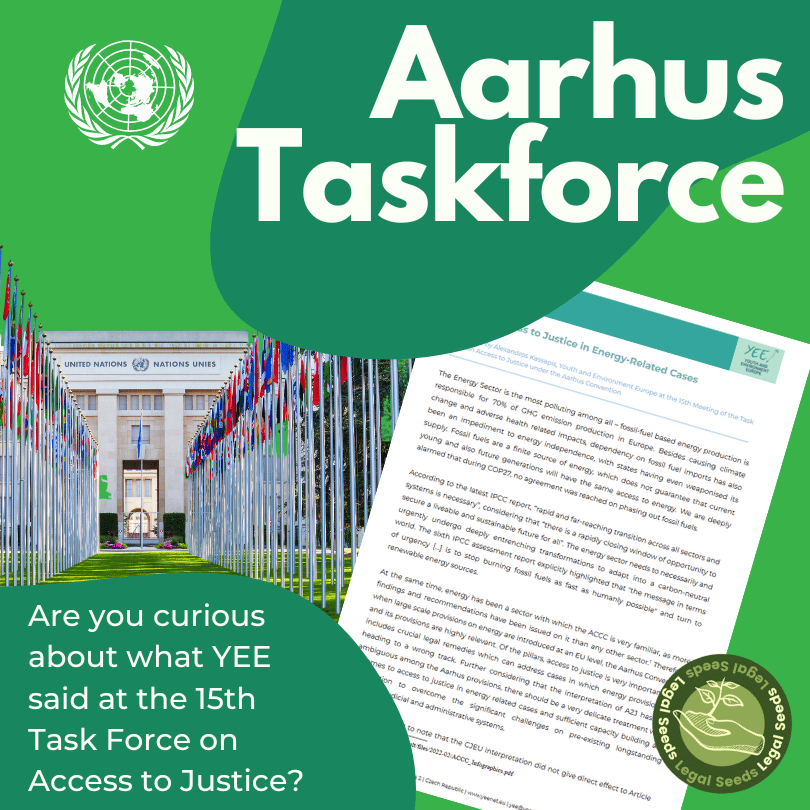
 YEE aims to unite environmental youth non-profit organisations in Europe in order to enhance international cooperation, increase knowledge about the climate crisis, raise awareness of environmental problems and to strengthen participation of youth in environmental decision-making.
YEE aims to unite environmental youth non-profit organisations in Europe in order to enhance international cooperation, increase knowledge about the climate crisis, raise awareness of environmental problems and to strengthen participation of youth in environmental decision-making.

